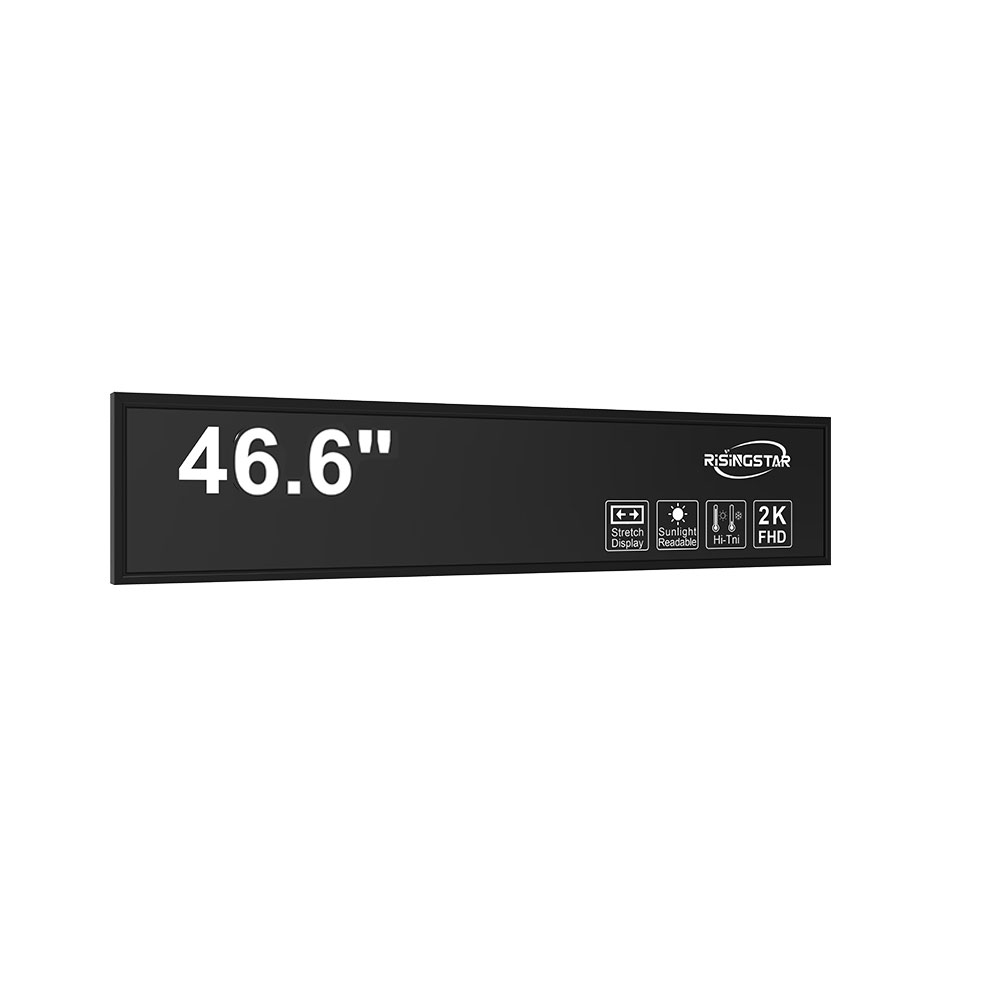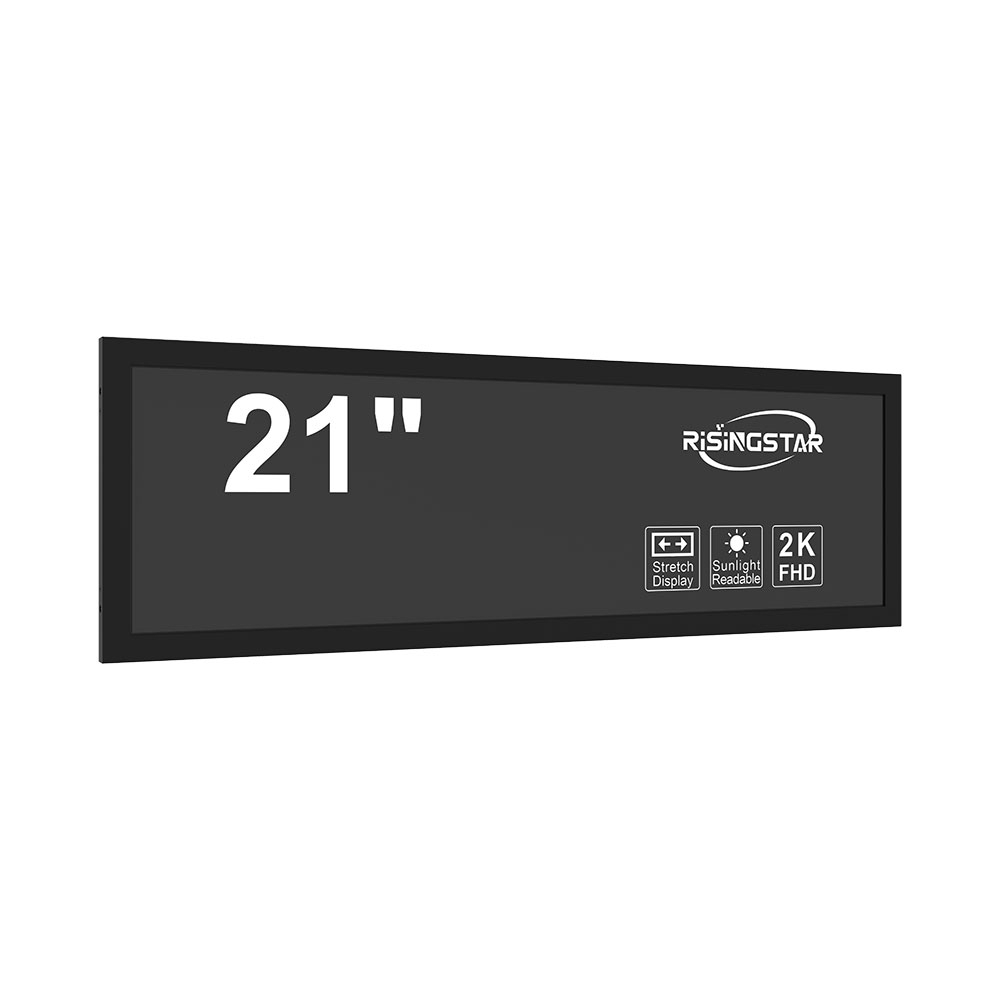- Home
- About Us
- Products
- News
- Video
- Contact
- Send Inquiry
Search
- Home
- About Us
- Products
- News
- Video
- Contact
- Send Inquiry

When designing or selecting outdoor LCD screens for commercial, industrial, or public information systems, the display ratio—typically 16:9—and screen size are critical factors that directly impact visibility, installation feasibility, and viewer engagement. Based on industry standards such as IEC 60068 and SMPTE recommendations for outdoor digital signage, screen sizes ranging from 10.1” to 110” have become widely adopted across various sectors including retail, transportation, education, and sports venues.
For small-scale applications like kiosks or mobile units, a 10.1” or 13.3” screen with a 16:9 aspect ratio offers portability and high contrast in direct sunlight due to brightness levels exceeding 5,000 nits—a standard requirement for outdoor environments per ANSI/IES RP-47. Larger formats such as 21.5”, 23.8”, and 27” are commonly used in indoor-outdoor hybrid installations where ambient lighting is variable but controlled (e.g., shopping malls or airport lounges). These models often feature anti-glare coatings, IP65-rated enclosures, and wide temperature tolerance (-20°C to +60°C), ensuring operational reliability in diverse climates.
In high-visibility environments like highways, bus stops, or construction sites, larger displays from 32” to 65” are preferred. A 43” or 46” unit is ideal for traffic management centers or stadium scoreboards because it supports resolution up to 4K UHD while maintaining brightness of 5,000–7,000 nits, crucial for readability under bright daylight conditions. For massive outdoor advertising or event staging, 75” and 86” screens provide immersive visual experiences; these often utilize LED-backlit LCD panels with edge-lit technology for better energy efficiency and thermal control.
The 110” ultra-large format, typically found in smart city infrastructure or corporate plazas, requires custom mounting solutions and power supply configurations meeting UL 1993 and EN 60950 safety standards. Regardless of size, all outdoor LCDs must comply with environmental certifications such as RoHS, CE, and FCC Part 15 Class B to ensure electromagnetic compatibility and safe operation near sensitive equipment.

Proper sizing also affects content strategy—smaller screens demand concise messaging, whereas large-format displays can support dynamic video loops, real-time data feeds, and interactive touch capabilities. The 16:9 aspect ratio remains dominant because it aligns with modern broadcast standards and maximizes space utilization in vertical or horizontal layouts without image distortion.
Ultimately, choosing the right outdoor LCD screen size depends not only on physical constraints and viewing distance but also on environmental durability, brightness output, and intended use case. Industry best practices recommend conducting site-specific photometric assessments before deployment to optimize both performance and ROI.
